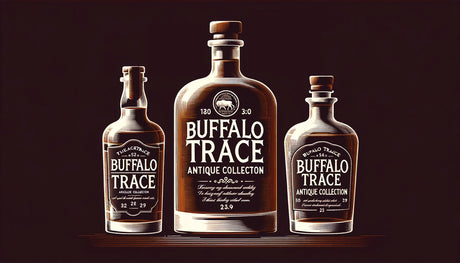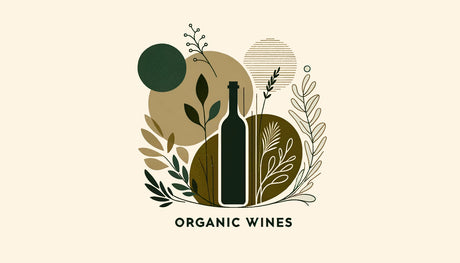Mezcal Vago Cuixe
Mezcal Vago Cuixe is backordered and will ship as soon as it is back in stock.
ABOUT
ABOUT
Product information
The Mezcal Vago Cuixe is made by Aquilino García López at his Palenque in Candelaria Yegolé. The Agave Cuixe used for these batches is wild harvested in the surrounding hills of the Candelaria Yegolé region. Because of the scarcity of the agave, and the difficulty in harvesting and producing it, it is available in limited quantities. Batches are generally small, 300 to 600 liters each. Currently, Aquilino produces 2 batches per year. Agave Cuixe is a sub variety of Agave Karwinskii. There are many sub varieties of this particular agave including Cuixe, Madre Cuixe, Cirrial, Barril, Penca Verde, Pelon and Tobasiche. It can be difficult to distinguish which you may be drinking as the names change from town to town. The Cuixe that Aquilino uses grow up to 3 meters, which is unusually tall for an agave plant. It has a long trunk with a tall narrow piña on top. Aquilino is meticulous in selecting only ripe Cuixe, which takes around 13 to 15 years to mature. Though it can be cultivated, Aquilino uses wild Cuixe for his Mezcal. It is an extremely laborious process to find enough ripe agave for a small batch. A few from this mountain and a few from that mountain all brought down by burro. The leaves, or pencas, of the piña are stripped off as well as the bark of the trunk, leaving the heart of the agave and the bare trunk. Both are roasted together for 4 days (one more than normal). The Cuixe is roasted together with 10% (weight) Espadín. They are ground together into an even mix. This adds a touch of sweetness and helps open up the natural flavor of the Cuixe. The sugar levels in the Agave Cuixe are about 25% lower than most other agaves.
Producer: Aquilino García López.
Location: Candelaria Yegolé, Oaxaca
The still (palenque) is on Aquilino’s ranch where he lives full time. He and his father moved it to its current location 15 years ago. It has moved around from nearby locations over the years. He believes his family has been making Mezcal for at least five generations. Aquilino does nearly all of the work himself. The fermentation vats are made of pine and hold up to 1000 liters. The cooked agave and water ferment from the natural airborne yeasts in the air. No additional ingredients are used to make the Mezcal other than agave and water. Each batch ferments for around a week. This varies depending on the ambient temperature at the time of fermentation. Aquilino distills his fermented mash before all of the sugar has fermented. This is sooner than other Mescalero’s’ techniques. He uses six fermentation vats. Aquilino has a copper still that has a 250-liter capacity. He makes all the separations (cuts) by smell and taste. Aquilino’s Mezcals have a definite style. Bright, clean and bold without too much smoke. They have less bottom end (tails) than other Mezcal lines, due in part to his “narrow” cuts on the still. All of Aquilino’s Mezcal goes through a simple sediment filtration through a tubular cellulose filter. The bottling is done by hand is in Oaxaca City. The light filtration is the only way the Mezcal is affected between when it was made on the palenque and how it ends up in the bottle. Producer information Tío Rey’s batch sizes are anywhere from 100 liters to 450 liters. This batch was 355 liters. He has two classic earthen ovens that can each hold around three tons. One oven is the normal dug out hole in the ground and lined with large River rocks and the other is dug straight into bedrock. He roasts each batch for 2 to 3 days. The cooked agave is hand ground with wooden mallets called mazos. The roasted piñas are chopped slightly with a machete then the pieces are placed on a wooden platform and pounded with the mallets. The whole family does this, grandma, grandkids, and wife, everybody 12 hours straight. An incredibly laborious technique but they are sure the flavor is better this way when not molested by such modern technology as a cement wheel and horse! Tío Rey has three fermentation vats. Two are typical vats, cylindrical and made from pine. The third and most used is the old style. It’s a trunk of a large Pino Sabino (Pine tree) hollowed out in the shape of a canoe and has been in use for 90 years! For distillation, Tío Rey uses a series of clay pots. The clay pots are called “Olla de Barro” in Spanish. That is why Mezcal Vago refers to its Mezcals as “en Barro.” They hold about 50 liters each. Each pair of pots shares a fire. The stills are made of stacks of two pots. One that holds the mash and has an open top, and another with an open bottom that rests on top of the first one. On the top pot there is an upside-down stainless steel bowl that water continually runs in and out of. When the heat from the mash rises and hits the cool top created by the water, condensation occurs. An agave leaf works as a large spoon to catch the dripping condensation (Mezcal) and runs into a piece of bamboo and into the collection container. This whole process is really laborious and takes probably 4 times the effort of a copper still and stone tahona process. Tío Rey never waters back his Mezcal, he uses just “puntas and colas”. Cuts are made by taste and smell. All of Tío Rey’s Mezcal go through a simple triple sediment filtration through tubular cellulose filters. The bottling is done by hand in the city of Oaxaca by Aquilino’s son-in-law, Judah Kuper. The light filtration is the only way the Mezcal is affected between how it was made on the palenque and how it ends up in the bottle.
DETAILS
DETAILS
| Container | Bottle |
| Container Size | 750ml |
| Product Subcategory | Mezcal |
| Feature | Small Batch |
Couldn't load pickup availability









